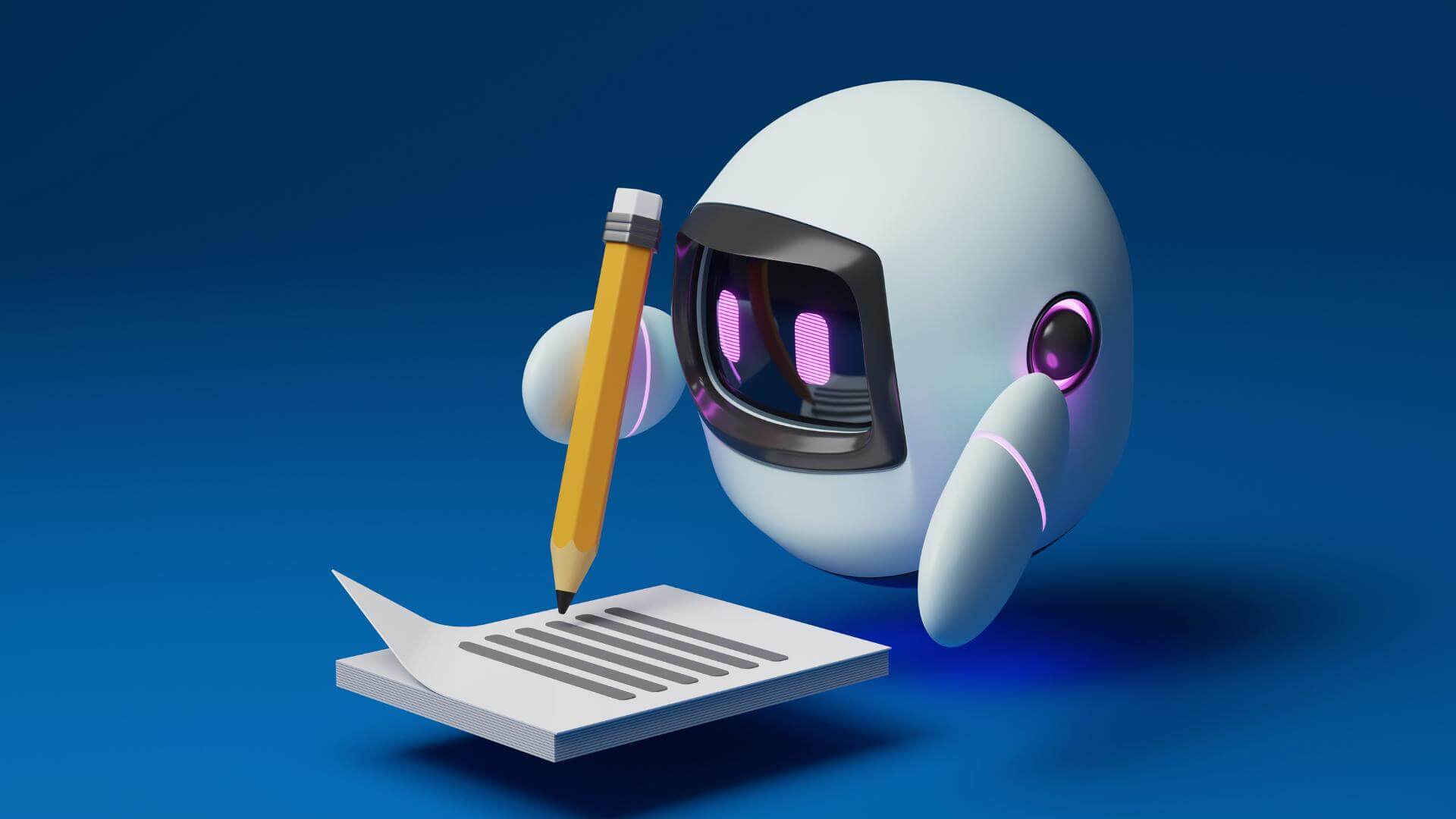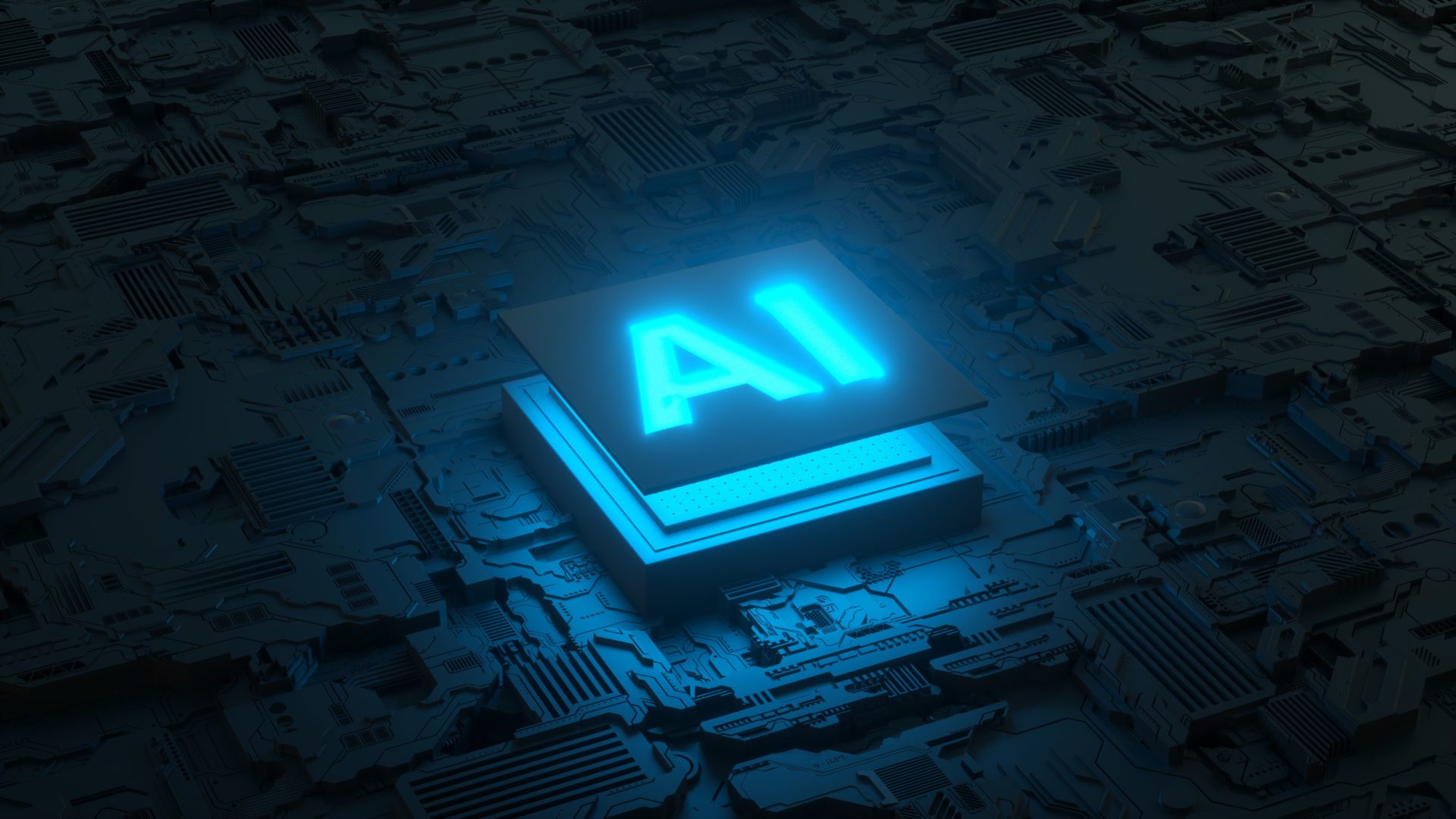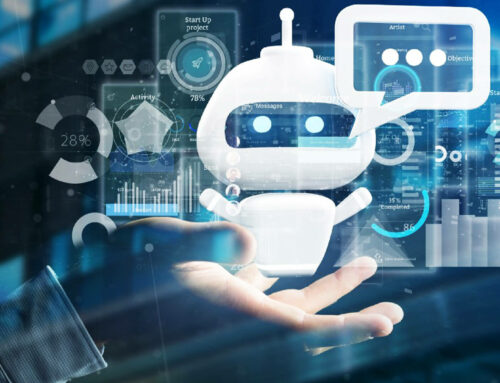Have you ever wondered how AI-generated content can challenge our understanding of originality? Let’s explore the fascinating world of AI plagiarism detection and how it’s transforming the way we view originality and plagiarism. From leveraging AI tools like generative AI to using AI detectors for identifying paraphrased or generated by AI content, the rapid advancements in AI technology raise crucial questions about the use of AI in creative and academic spaces.

How Can AI-Generated Content Blur the Lines Between Originality and Plagiarism?
AI tools like Chat GPT and advanced AI models generate content that often feels human-written. But does that mean it’s original? This question has sparked debates about AI plagiarism, originality, and the role of AI content in reshaping creative and academic work.
Here’s what Usman Bashir from Blainy, an AI-powered Research Paper Writer, says about this:
“Ever since ChatGPT came out, the definition of plagiarism has changed. Even though AI is trained on existing content, it still writes original. People were always rephrasing existing content and giving citation; AI is doing the same but better and faster. Turnitin is not perfect, but it detects AI in many of the testing we’ve done. Yes, AI is going to change how we perceive ‘originality,’ and with better LLMs coming, the line is going to get even more blurred.”
This highlights how ai-generated text blurs the line between originality and potential plagiarism, making tools like ai checker for ChatGPT and plagiarism detectors more relevant than ever.
What Tools Exist to Detect Plagiarism in AI-Created Content?
To combat the challenges of plagiarism detection in ai-generated content, several tools have been developed:
- Turnitin: A popular plagiarism checker often used to detect AI in academic submissions.
- Copyleaks: Specializes in identifying similarities in text and can even detect AI-written content.
- Quetext: A reliable tool for identifying unintentional plagiarism.
- Plagiarism Checker: Designed to identify copied content quickly and accurately.
Here’s what Oliver Morrisey, a lawyer and owner of Empower Wills & Estate Lawyers, says about using these tools:
“I’ve encountered situations where a family member presents a will that looks like it was pulled from an online template. One particular case stands out: a client came to me with a will that was suspiciously similar to a template they had found online. While the language was clear and understandable, the will didn’t seem to have the personal touch that you’d expect from a document meant to reflect a person’s last wishes. In that case, it became clear that the will wasn’t fully personalized, and this raised concerns about whether it truly reflected the intentions of the deceased. When you’re dealing with something as important as a person’s estate, this kind of issue can lead to disputes among family members.”
“To prevent situations like this, several tools can help detect whether a will or trust document is original:
- Turnitin: I’ve used this tool in cases where we needed to verify that the language in a contested will was truly original, and not lifted from other sources.
- Copyscape: In another case, we used Copyscape to see if a will had been copied from any online resources. It flagged several striking similarities with publicly available documents.
- Quetext: I also use Quetext when I’m reviewing documents to ensure that they haven’t unintentionally mirrored other sources.
- Plagiarism Checker: For extra peace of mind, this tool helps me ensure the originality of all documents.”
Can AI Redefine the Legal and Ethical Boundaries of Originality?
With the rise of AI writing and ai tools, questions about authenticity, originality, and ethical AI usage are becoming more pressing. As Usman Bashir mentioned, AI is fundamentally changing how we define original work. Here’s why this matters:
- Forms of plagiarism are evolving. AI tools can rephrase existing content in ways that are hard to detect without advanced AI Plagiarism Detection tools.
- AI Plagiarism Detection must adapt to handle false positives and identify text accurately.
- Legal frameworks need to address whether generated content can count as plagiarism or original content.
Oliver Morrisey adds:
“As technology becomes more ingrained in estate planning, we must ask ourselves: does using a template or online tool to create a will or trust undermine its authenticity? In one instance, a family disputed the validity of a will because they found it too similar to a template they had found online. This case made me realize how important it is to fully understand how technology influences legal documents. A document might be legally valid, but if it doesn’t reflect the true intentions of the person it belongs to, it can create conflict down the road.”
Balancing Originality and AI Detection
An essay was uploaded to Turnitin, written carefully to avoid plagiarism, even with the help of AI language models. The aim was to keep the content original and free from duplicate or online plagiarism. The AI detector tool scanned the text in seconds, checking for any copied or generated content. Though it flagged some parts as AI-generated, the writer knew the work was fully original. This showed how false positives can happen when using AI to check for plagiarism. It’s important to use AI Plagiarism Detection tools wisely to ensure originality without any issues.
AI detection models, like those used by ChatGPT detectors, play a vital role in checking whether the content is human-written or AI-generated. These tools are designed to analyze text-based content and identify any instances of plagiarism, which is copying someone else’s work without proper credit. In student writing, such tools help ensure original content and encourage proper citation practices, reducing the risk of failing to cite sources.
AI detection tools, including ChatGPT detectors, focus on detecting content that provides a mix of human-written and AI-generated text. However, these tools may sometimes produce detection results that are not entirely accurate, as they struggle to differentiate between well-edited original work and AI-assisted writing. This is especially true during the writing and editing process, where the line between human effort and AI support becomes blurred.
For sensitive uses, tools that follow standards like SOC 2 and SOC 3 ensure secure handling of data. These tools provide a detailed analysis to determine whether the content has been copied, generated, or truly original. While they can be helpful, they are not always perfect and should be used alongside a writer’s effort to create genuine and properly attributed work.

Circuit board and AI micro processor, Artificial intelligence of digital human. 3d render
The Future of AI Plagiarism Detection
As AI continues to advance, tools like ChatGPT detectors, plagiarism detection models, and ai content detectors will become even more critical. Whether it’s for academic integrity, avoiding unintentional plagiarism, or ensuring authenticity in legal documents, the role of AI Plagiarism Detection is only set to grow.
Let’s not forget the potential of new technologies like Gemini and GPT-4, which promise even more sophisticated AI content detection capabilities. With billions of sources in their datasets, these tools are designed to identify AI-generated text instantly, ensuring that originality and ethical AI remain at the forefront of our digital world.
Conclusion
AI is transforming how we think about writing, originality, and plagiarism. While it’s an exciting time for technology, it’s also a reminder that tools like AI Plagiarism Detection and plagiarism checkers are essential for maintaining authenticity and integrity. Whether you’re writing a research paper, creating legal documents, or just exploring the possibilities of AI use, understanding these tools is the key to navigating this new era.


